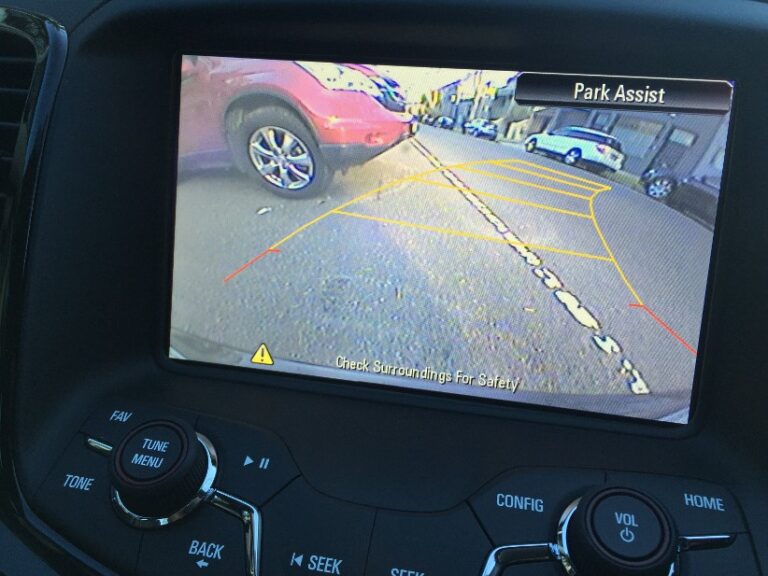– By Marc Sibbald –
Do you realise that semi-autonomous cars in your fleet could save you money? The focus on reducing costs may be creating a safety blind spot because semi-autonomous technologies that are available today can reduce accidents and save your business money in the long term.
Over the last few months I have been in and out of a number of new vehicles and I’ve noticed that each one offered technology that wasn’t available in my base model fleet car (which was only three years old).
Below I have listed several key bits of new technology that were in vehicles that I have driven recently and using my own driving history calculated some of the potential savings. (And if you don’t believe me you can read the research)
The first bit of technology I noticed that had the potential to reduce the risk of future accidents was the ‘lane change warning’. When changing lanes my driving style is to check the mirror first, then look over the shoulder to make sure there is nothing in the blind spot.
This has served me well over the years but has still resulted in several collisions when I completed step one in a hurry and forgot about step two. I think the ‘lane change warning’ system would have help me avoid the accidents and the associated costs (estimated at $10,000 total cost** per incident).
Reversing cameras and sensors are now standard on most new cars so most people know how to use them (including me). Though recently I was reversing using the method I learnt when I got my licence – looking over my shoulder- while I was ignoring the screen and almost took off the driver’s mirror.
I stopped just in time because the sensors were going ballistic and my brain snapped out of it’s learned driving routine. I have now been retrained to trust the sensors and screen while also turning my head. ($2,000 estimated total cost** saved).
Voice controls are something I’ve resisted because of frustrating experiences with early technology. In 2016 things have changed and the ease in which they now control your phone, satnav and other functions is remarkable. ($1,000 in phone kit installation and removal saved).
Radar cruise control and proximity warnings could eliminate nose-to-tail crashes. Both work on keeping you away from the car in front when driving at speed or in traffic. If you’re concentrating 100% of the time while driving these technologies wouldn’t be needed, but we know that’s the main challenge. (They saved me at least once – $10,000 estimated total cost** saved)
Fleets tend to purchase the ‘poverty pack’ vehicles because cost is a key criteria. Historically higher specification vehicles only offered better quality trim and bigger wheels that road warriors could do without.
Now higher specification means better safety features. So based on my own driving history in the examples above, the extra investment in technology has paid for itself over a three or five year term – but don’t forget to train your drivers!
Why is this important?
- Work-related road crashes account for 33% of all occupational fatalities in Australia (Safe Work Australia 2012) and 15% (Australian Transport Council 2011) of the national road toll.
- The sgfleet Accident Management Benchmark shows an average incident rate of 44% per annum, which means each and every fleet vehicle is involved in some sort of incident causing damage every 27 months.
- According to the Department of Infrastructure and Regional Development in 2016 to May, there have been 551 deaths (provisional). This is 70 deaths (14.6%) higher than the same period last year.
** Estimated total costs is not just the repair costs. It also includes lost productivity and administration.






